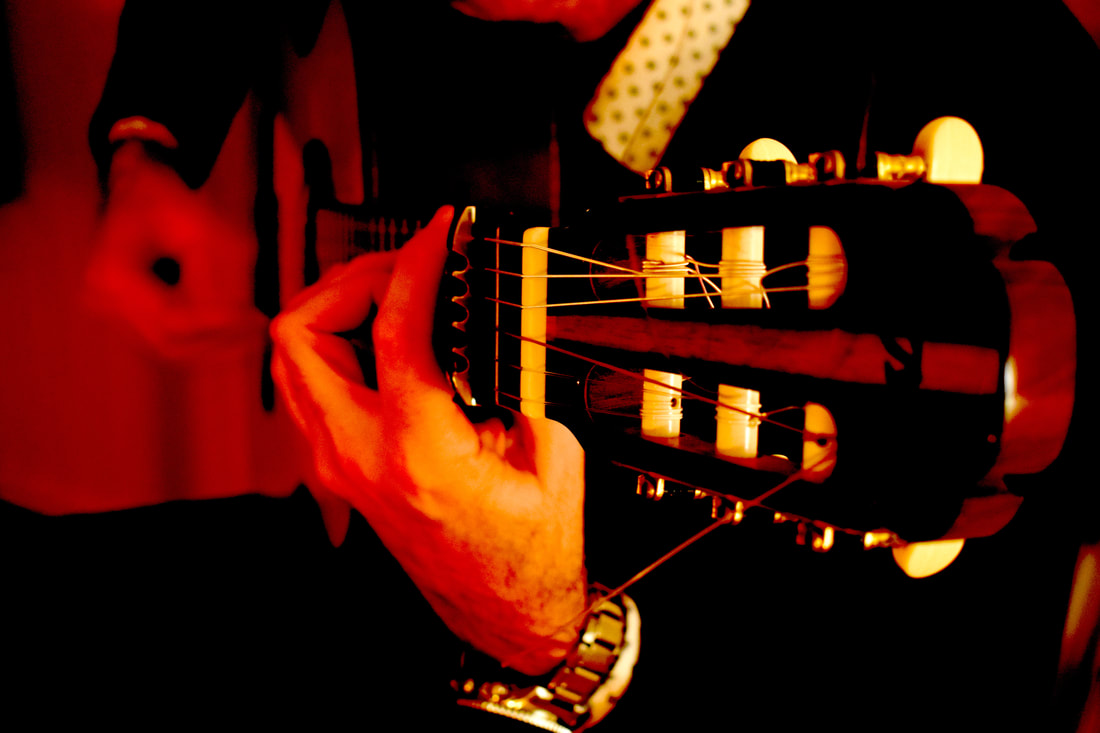Ramón Montoya: Active in the early to mid-20th century, Ramón Montoya pioneered many techniques in flamenco guitar. He was instrumental in transitioning the guitar from a mere accompaniment role to a powerful solo instrument in flamenco performances.
Sabicas: Born as Agustín Castellón Campos in Pamplona, Spain. Sabicas took flamenco to global audiences during the mid-20th century. He was known for his fast picados and distinctive compositions. Sabicas played a pivotal role in introducing flamenco to international audiences.
Carlos Montoya was indeed an essential figure in the flamenco guitar world. Born in Madrid in 1903, he was not directly related to Ramón Montoya, but both shared a significant last name in the world of flamenco.
Carlos Montoya's impact is particularly felt in how he popularized flamenco guitar outside of Spain.
While he was rooted in traditional flamenco, Montoya wasn't afraid to experiment. He often collaborated with musicians from other genres, introducing flamenco sounds to diverse audiences and incorporating external influences into his music.
Paco de Lucía: Francisco Gustavo Sánchez Gomez, commonly known as Paco de Lucía, hailed from Algeciras, Spain. Active during the late 20th century, he's frequently regarded as the greatest flamenco guitarist. Paco introduced elements from jazz and classical music into traditional flamenco. His albums, like "Almoraima" and "El Duende Flamenco", are legendary.
Tomatito: José Fernández Torres, or Tomatito, from Almería, began his career in the late 20th century. A brilliant guitarist, he played alongside the iconic flamenco singer Camarón de la Isla. His style seamlessly combines tradition with innovation.
Vicente Amigo: Emerging in the late 20th and continuing into the 21st century, Vicente Amigo from Guadalcanal, Sevilla, is acclaimed for his technical proficiency and deep emotional resonance. His works often blend traditional flamenco with other genres, showcasing his versatility.
Before Ramón Montoya, the flamenco guitar had its practitioners, but it had not yet evolved into the solo concert instrument we recognize today. Prior to Montoya, flamenco guitarists primarily served as accompanists for singers and dancers. Here are some notable figures from that earlier era:
Silverio Franconetti: Born in the mid-19th century, Silverio was more known as a singer, but he played a significant role in shaping the early flamenco scene. Although not a guitarist himself, his café cantante, Café Silverio, became a key venue for early flamenco, where many guitarists performed.
Javier Molina: An important figure in the late 19th and early 20th century, Molina was known for accompanying key flamenco singers of his time. His guitar playing was revered for its sensitivity and depth.
Paco el Barbero: Active in the late 19th century, Paco was another crucial early flamenco guitarist. His style was rooted in the older traditions of flamenco, setting the stage for future innovations.
While these early players were instrumental in the development and preservation of flamenco, it was Ramón Montoya who began to elevate the guitar from a strictly accompanying role to a more prominent, soloistic position within the art form.




